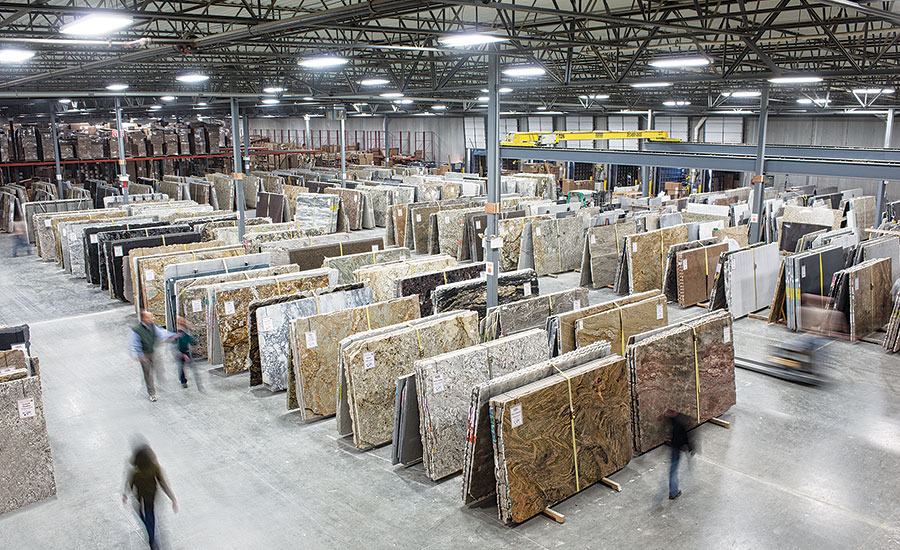Granite has become a very popular choice for countertops as well as commercial and public building facades because it is an environmentally responsible choice that does not need much maintenance. Granite requires less energy to produce than other materials, such as concrete. Choosing a granite product harvested using environmentally sound practices is important.
7 Myths and the Real Facts About Granite
Granite quarries make all the difference in the quality and beauty of the granite surface offered to buyers. It is important to know all the facts about granite to choose wisely. Stone and other surface suppliers may not be entirely truthful in comparing their products to granite. There are myths out there that may influence a person’s choice of countertop or building materials. But, do a little research to uncover accurate information before deciding on the final product. Consider these myths and the facts in comparison.
- Choose granite because it is scratch proof. The fact is that, though granite is very hard and durable, it can be scratched by other stones, tungsten-tipped knives, or scouring pads with abrasive powders.
- Granite countertops must be sealed. Granite countertops do not all have to be sealed. It depends on the granite choice and how tightly the grains are packed. The light-colored granites may not be as dense and may need periodic sealing. Black granite slabs are not all the same, so check each choice as to whether it needs to be sealed.
- The myth about radon gas is just plain false. Granite does not contain dangerous levels of radon gas. Lots of studies have confirmed this fact.
- Granite is not made in a factory. Granite slabs may be processed in factories to polish the natural stone slabs, but they are not made in a mold like plastic.
- You can only quarry granite in the mountains. Granite is found all over the world and not always in mountainous regions.
- Granite can stain. Granite is very hard and stain-resistant. If spills are wiped up quickly with a sponge and warm water, stains can be avoided. Acidic liquids and some oils may leave stains that can be easily removed by using a stain-removing poultice.
- Some manufacturers claim that quartzite is the same as granite. Quartzite is a very hard metamorphosed sandstone, but it is not an igneous rock like granite. It can take a high polish but is not granite and has different characteristics.
The good and Bad Points About Granite Countertops
Once a person has separated the facts from the myths about granite, they should consider the pros and cons of this wonderful material. Granite countertops are a sustainable green product that lasts a lifetime, and they do not melt or blister when heat is applied to them. Granite countertops are highly scratch-resistant and can be repaired by a professional, avoiding the expense of replacing the whole slab.
Granite countertops may need one or more seams, but a good installer can make seems almost invisible. Undermount sinks are preferred with this countertop. The backsplash will need to be separate and can be a four-inch strip of granite or ceramic tile. Full-height backsplashes of granite or ceramic tile are also options.
Granite countertops might need to be sealed at the time of installation and periodically thereafter, but this is an easy process. Granite countertops are considered low-maintenance and durable. Prices vary according to the quality and grade of the granite and can be comparable to other materials.
Final Decision
Deciding on a granite countertop might seem like a costly choice at $35.00 to $55.00 per square foot, but it will last longer than many materials and will be easier to maintain. Looking for clearance and overstock deals can cut the cost and still allow for a natural material of beauty and durability.







